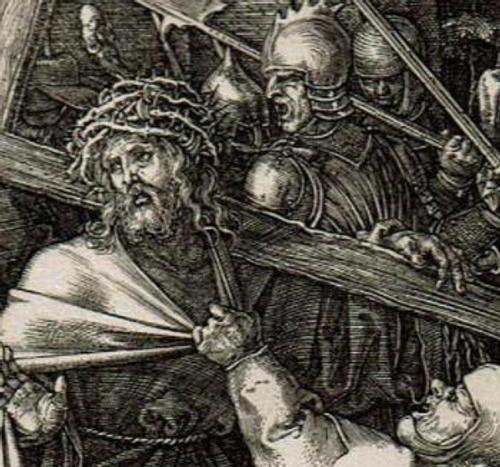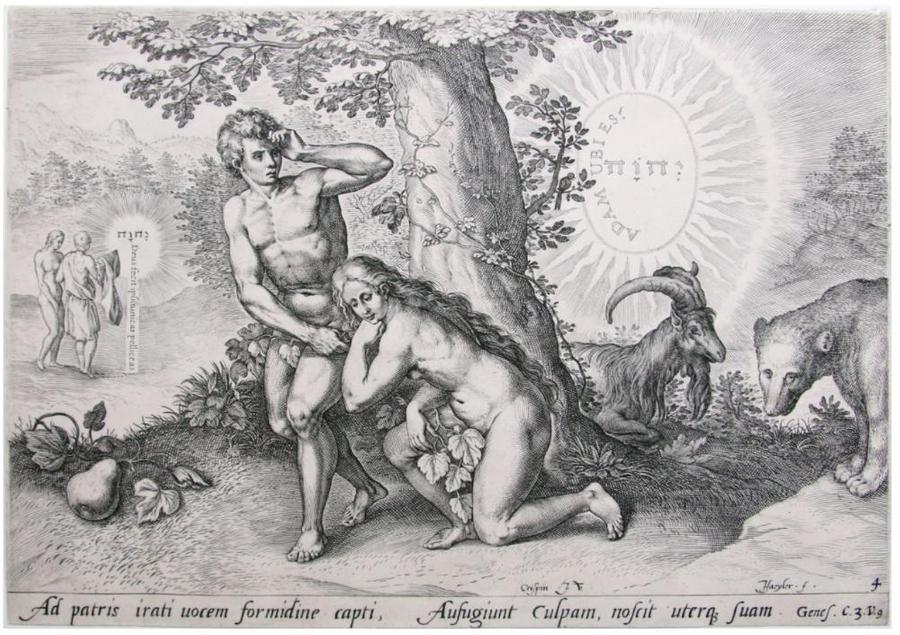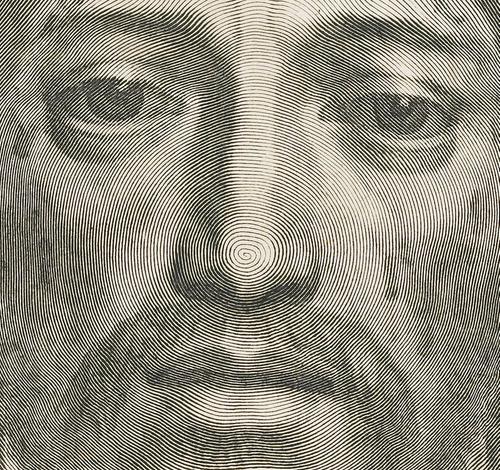“Sacred/Supernatural: Religion, Myth, and Magic in European Prints, 1450-1900”
Krannert Art Museum

“Sacred/Supernatural: Religion, Myth, and Magic in European Prints, 1450-1900” is on view Jan. 27-May 15. The 44 prints in the exhibition portray Christian imagery; devils, demons and monsters; and mythological subjects.
The works are from the museum’s collection, including a half dozen new acquisitions that have never been shown at KAM; loans from the Rare Book and Manuscript Library, Spurlock Museum of World Cultures and Ricker Library of Architecture and Art; and loans from a private collector.
“This exhibition is a great way to show the richness of the collections across campus. We’re really fortunate to have so many Early Modern prints,” said Maureen Warren, the curator of the exhibition and KAM’s curator of European and American art.
A famous work by French printmaker Claude Mellan depicting the Veil of Veronica is one of the exhibition highlights. An 8-foot-tall enlargement of a detail of the print stands at the entrance to a group of prints portraying Christ. “The Face of Christ” is a recent acquisition by the museum.
“Mellan made the entire image with one line. It starts at the tip of Christ’s nose and swirls outward. He varies the thickness of the lines and the distance between them to create shape and shadowing,” Warren said. “This exhibition is not only about sacred and supernatural subject matter, but the kinds of marks and lines and technical features printmakers use to portray something otherworldly. This print is a virtuoso example of engraving, one of the most technically impressive prints ever produced.”

Another new acquisition is a beloved print by Rembrandt depicting St. Jerome. “Saint Jerome Beside a Pollard Willow” depicts the scholarly saint – who is known for his translation of the Bible and is almost always shown at work in a library, Warren said – working outside beneath a gnarled willow tree with just one leafy branch shading his desk. A lion peers from behind the tree, referring to the story about the saint removing a thorn from a lion’s paw.
The print shows Rembrandt’s skill in using a variety of marks to create meaning within the image, Warren said. The tree is remarkably detailed, while St. Jerome appears as more of a sketch. A few squiggly lines at the top of the image represent a mountainous landscape dotted with trees.

“He pushes abstraction into these naturalistic prints in a really playful, imaginative way,” Warren said.
A pair of prints by printmaker Jan Sadeler raise the question of whether God should be portrayed in human form. The first version of “The Fall,” made in 1585, shows Adam and Eve huddling in the Garden of Eden as God appears before them in the form of a bearded old man.
The second version of the print, from 1643, was printed by a Dutch artist who bought Sadeler’s copper plate. At that time, the Calvinist Dutch republic didn’t believe God should be pictured as a person, Warren said. The second artist hammered out the image of God from the copper plate, burnished it to smooth out the lines and reengraved it with the image of a tetragram, with the Hebrew letters for God, she said.
The exhibition’s portrayal of otherworldly beings includes a 17th-century witch hunter’s manual that assumes the serious existence of witches in the world, as well as an 18th-century pamphlet of escapist fiction in which the witches are mischievous pranksters who punish greedy creditors and unfaithful husbands.
The exhibition’s themes align perfectly with a graduate course being taught this semester by Mara Wade, a professor of Germanic languages and literatures. Her students are reading the earliest version of the Faust legend, written in 1587.
“This is allowing my students to see what the social imagery was at the time, and what images surrounded the person who wrote this text and the people who read it,” Wade said.
The students will see how people of the time imagined the devil, demons, hell, salvation, God and paradise, she said.
Wade takes her students to the Rare Book and Manuscript Library every semester. She said it is important for them to see physical objects such as the books and prints at RBML and KAM.
“When students interact with the materiality of these things and can see the text and images, and how they might sometimes contradict each other, they are far more engaged and learn more,” she said.
“Part of it is them getting to know the university, too. They have no idea, when they are trudging to class, that we have Dürer and Rembrandt down the street. It opens up the richness of the university to them, and also new intellectual and visual worlds.”

Comments
Post a Comment